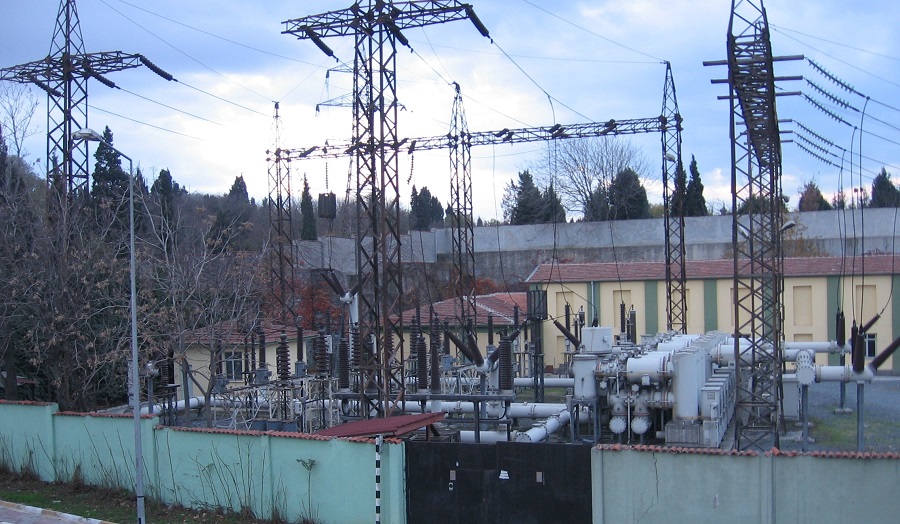The world of electricity is full of important components, one of which is a transformer or transformer. Well, among the types of transformers, there is such a thing as a step up transformer. Maybe you’ve heard of it, but do you really know what are the Characteristics of a Step-Up Transformer that distinguish it from other types? Let’s get to the bottom of it!
Why Should You Know the Characteristics?
You might ask, “Why do I need to know the characteristics of a step-up transformer?” Here’s why: imagine a transformer like a megaphone. It takes your quiet voice (low voltage) and amplifies it (high voltage). A step-up transformer does the same with electricity. When you know its traits, you can pick the right “megaphone” to boost voltage safely. If you choose the wrong one, it could damage your electronics or your entire electrical system.
5 Easy-to-Recognize Characteristics of a Step-Up Transformer
To help you identify it easily, here are five key traits:
1. Main Function: Increases Voltage
This is the most basic and important feature. A step-up transformer receives electricity at a lower voltage and outputs it at a higher voltage from the secondary coil. So, when you need to raise voltage, this transformer does the job. Many electrical systems rely on this process.
2. More Turns in the Secondary Coil
You can spot this difference physically or by checking the specs. A step-up transformer always has more wire turns in the secondary coil than in the primary coil. This turn ratio causes the voltage to rise based on basic electrical principles.
3. Lower Current on the Secondary Side
Voltage and current work in reverse in a transformer. When voltage goes up on the secondary side, the current goes down. So a step-up transformer delivers high voltage but lower current on the output side. Understanding this helps avoid overload or mismatched usage.
4. Thicker Wire in the Primary Coil
You can also recognize a step-up transformer by looking at the wire size. The primary coil usually carries more current, so manufacturers use thicker wire to handle it. Thicker wire helps prevent overheating and supports a stronger current flow.
5. Common Use in Specific Applications
Step-up transformers play a key role in long-distance power transmission. Power plants use them to raise voltage for efficient delivery across long cables with minimal energy loss. You’ll also find them in devices like microwave ovens, inverters, and some power adapters.
By understanding these five traits, voltage increase, coil turn ratio, current behavior, wire thickness, and typical applications, you can easily identify and understand how step-up transformers work.
Need a high-quality step-up transformer or another type for your specific needs? Bambang Djaja, a trusted and experienced transformer manufacturer in Indonesia, offers reliable, standard-compliant products for industrial, commercial, and special projects. Trust your transformer needs to the experts, contact us today!






